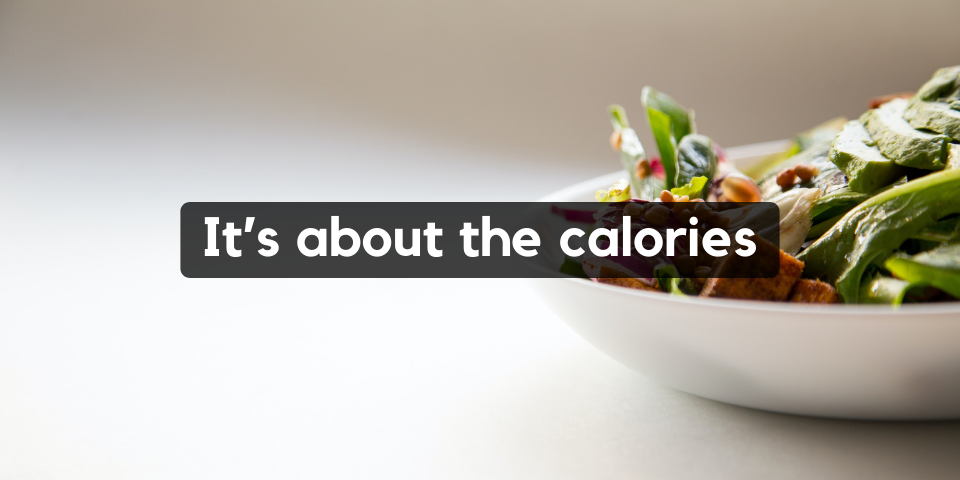Lighter Foodprint’s Meal Categorization
It’s about the calories
Having engaged with multiple restaurants, we recognize there are different ways of structuring menus (and, in turn, peoples’ orders). This is an occurrence you’ve encountered: you would order two slices of pizza, one poke bowl, or a 3-course menu (when you’re sharing that with loved ones) and subconsciously consider all those as individual “meals”. Even though that may be true, they’re not the same, and this poses an issue with our climate labels as they are designed to account for specific meals. With our purpose to convey a healthy amount of emissions for each meal, we needed a way to rationalize how we distinguish what menu item is either a lunch/dinner or a breakfast/snack/beverage.
We have a ballpark number to gauge how much emissions a meal can emit, but this alone can’t quantify and rationally explain to restaurant partners and consumers how one poke bowl is allowed the same amount of emissions as a 3-course meal. This is where the idea of calories comes in.
Calories represent the amount of energy in foods (which is used for) all of your daily activities, from walking, to talking, to sleeping. Every food and drink that contain carbohydrates, protein and/or fat has calories, making it a suitable measurable unit to measure how much people should consume in a day and help us better define a meal. The average adult requires 2,000 to 2,400 calories per day to maintain a healthy diet, and we’ll be using this range to differentiate meals from snacks and drinks.
Similar to determining a sustainable threshold of emissions for a meal or snacks, we are using the same percentages referenced from the World Resources Institute’s “Identifying Cool Food Meals” (2020) paper. To reiterate, the percentages are as followed:
- 30% of daily allowable carbon dioxide emissions from food can come from either lunch or dinner (accounting for 60% of daily food consumption)
- 20% of daily allowable carbon dioxide emissions from food can come from either breakfast or snacks and/or drinks (accounting for 40% of daily food consumption)
This means that:
- Breakfast meals are expected to have from 400 to 480 calories
- Snacks and drinks can at most be 480 calories
- Lunch and dinner meals are expected to have 600 to 720 calories
With this method, we aim to clarify to our partners why certain menu items will have a higher threshold for a sustainable amount of emissions and convey this information to their customers better. In building our ingredients database for calories, values were referenced from Canada’s Nutrient File: a database that reports up to 152 nutrients in over 5690 foods. These values were incorporated into the same database that has our emissions factors.
Like our emissions goals, we will update our meal calorie ranges based on public recommendations for healthy Canadian adults over time. Our world changes rapidly, so certification methods should reflect those changes.
We recognize this is a significant issue, and we are a group of young-spirited volunteers doing their best to make a positive change in the world and hoping to encourage others to do the same. Feel free to share your thoughts and any feedback you might have in the comment section below. We want to help people make more informed decisions with the transparency needed to make you feel more confident in those decisions.
